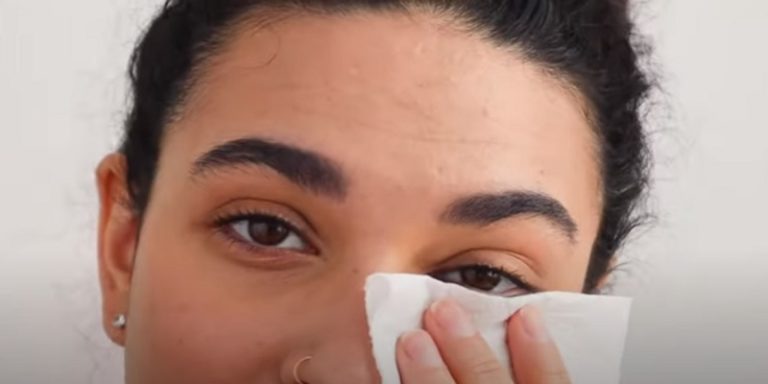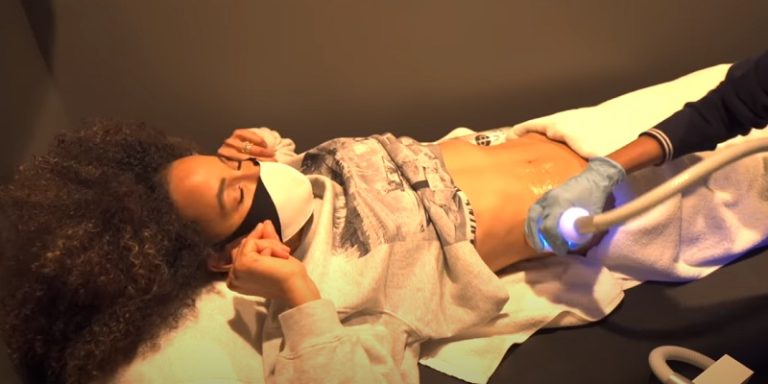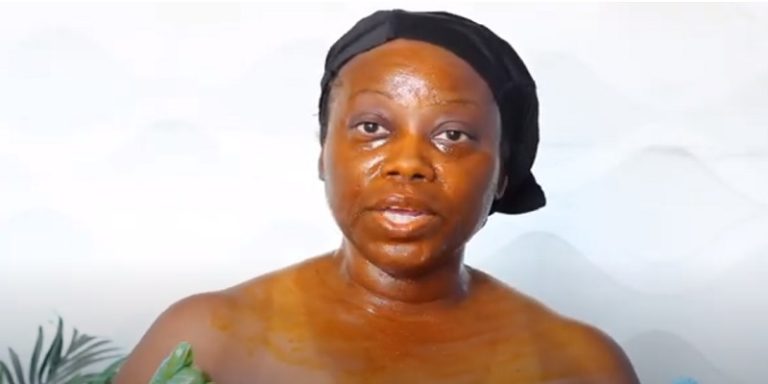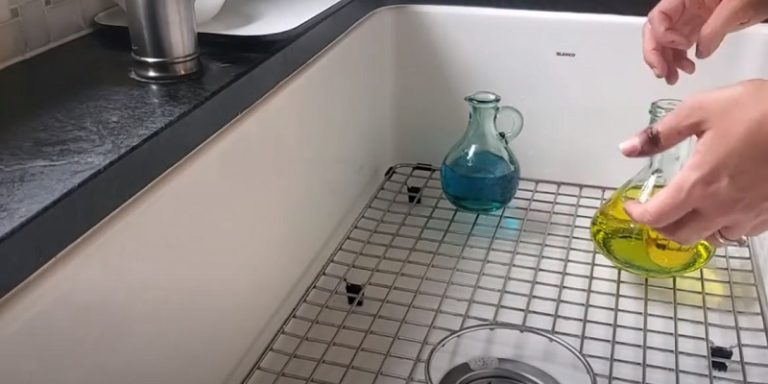How To Get Oil Paint Off Skin?

Last Updated on June 18, 2025 by Jaclyn A. Neeley
To remove oil paint off skin, use dish soap and warm water, scrub gently. Oil paint can be stubborn to remove from skin, but don’t worry, with a simple solution, it can be done easily.
Accidentally getting oil paint on your skin is a common occurrence for artists, paint enthusiasts, or anyone doing DIY projects. While it may seem challenging to get rid of, there is a straightforward method to remove oil paint from your skin effectively.
This article provides step-by-step instructions on how to safely and efficiently remove oil paint from your skin using commonly available household items. From washing your skin gently with dish soap and warm water to ensuring you don’t scrub too hard, these tips will guarantee easy removal without irritating your skin. By following these instructions, you can quickly get rid of oil paint and get back to your creative endeavors without worrying about stubborn stains.
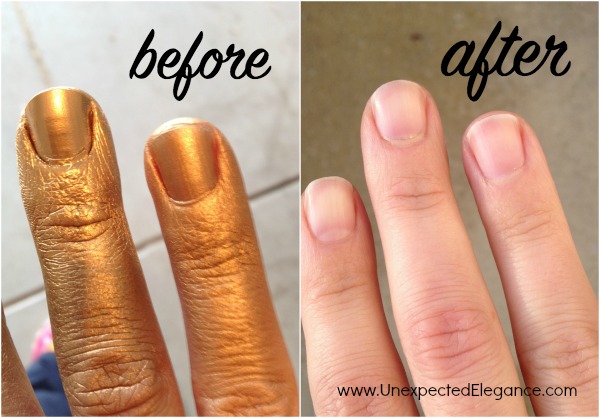
Credit: www.unexpectedelegance.com
Why Oil Paint Sticks To Skin
Oil paint has a unique composition and specific properties that contribute to its renowned durability and longevity on various surfaces. One of its remarkable characteristics is its ability to adhere strongly to skin, making it difficult to remove without proper techniques. Understanding the composition and properties of oil paint is crucial to understanding why it tends to stick to the skin.
Composition Of Oil Paint
Oil paint is primarily composed of three main elements:
- Pigments: These are finely ground particles of color that provide the paint’s pigment. They can be organic or inorganic compounds and contribute to the paint’s texture and hue.
- Binders: Binders act as a medium for the pigments and hold them together, allowing the paint to adhere to surfaces. In oil paint, the binder is typically linseed oil, which dries slowly and forms a durable film over time.
- Solvents: Solvents, such as mineral spirits or turpentine, are used to dilute and thin the paint. They help to adjust the viscosity and ensure smooth application. However, solvents evaporate quickly, leaving behind the sticky components of the paint.
Properties Of Oil Paint
Oil paint possesses several properties that contribute to its adhesive nature on the skin:
- Viscosity: Oil paint tends to be thick and viscous, enabling it to cling to the skin’s surface. The high viscosity allows the paint to adhere to the skin pores and crevices, making it challenging to remove.
- Drying time: Unlike other types of paint, oil paint dries slowly due to the oxidation process of the linseed oil binder. This prolonged drying time gives the paint ample opportunity to seep into the skin, further enhancing its adhesive property.
- Film-forming: Once applied, oil paint forms a strong film as the binder undergoes chemical changes and polymerization. This film hardens over time, bonding the paint to the skin’s surface.
- Pigment concentration: Oil paint often contains a high concentration of pigments, which contribute to its vibrant colors. These pigments, when in contact with the skin, create a stronger bond due to their increased density.
Now that we have discussed the composition and properties of oil paint, we have gained a deeper understanding of why it tends to stick to the skin. In the following sections, we will explore effective methods and techniques to safely and efficiently remove oil paint from the skin.

Credit: www.youtube.com
Precautions To Take Before Painting
Prior to starting any oil painting project, it’s crucial to take certain precautions to protect your skin from potential contact with oil paint. By following these simple steps, you can ensure that your creative process remains enjoyable and that any paint that may come in contact with your skin can be easily removed.
Wear Protective Clothing
One of the most effective ways to prevent oil paint from getting on your skin is to wear suitable protective clothing. This includes long-sleeved shirts, full-length pants, and closed-toe shoes. By covering your skin with clothing, you create a barrier that reduces the risk of direct contact with the paint. Additionally, it’s a good idea to dedicate a specific set of clothes for painting to prevent any accidental staining of your regular clothing.
Apply Barrier Cream
An extra layer of protection can be added to your skin by applying a barrier cream. These creams are specifically formulated to create a protective barrier that prevents oil paint from permeating the skin. Before you start painting, generously apply the barrier cream to any exposed skin areas, such as your hands, wrists, and forearms. Furthermore, make sure to choose a barrier cream that is safe to use on the skin and suitable for oil-based paints.
Use Gloves
If you prefer a more hands-on approach to your artwork, using gloves is a great option to keep your skin free from oil paint. Nitrile gloves, in particular, are a popular choice since they are resistant to oil and provide a snug fit. Before painting, ensure that your gloves are in good condition and free from any tears or punctures. Additionally, keep a spare pair of gloves nearby in case they need to be changed during the painting process.
By taking these precautions before starting your oil painting journey, you can minimize the chances of oil paint coming into contact with your skin. Remember to wear protective clothing, apply a suitable barrier cream, and use gloves to keep your skin clean. Now that you have taken these necessary steps, you are ready to dive into your painting project with peace of mind and creativity.
Methods To Remove Oil Paint From Skin
Accidentally getting oil paint on your skin can be frustrating, but fear not! There are different methods you can use to effectively remove it. In this section, we will discuss three effective ways to remove oil paint from your skin: using soap and water, using oil-based solvents, and using natural remedies.
Using Soap And Water
If you have just noticed oil paint on your skin, the simplest and most readily available solution is using soap and water. This method is effective for removing fresh oil paint and requires minimal materials.
- Start by running your hands under warm water to wet the area.
- Apply a generous amount of soap to the affected area.
- Using your hands or a soft cloth, create a lather by rubbing the soap onto the paint.
- Rinse the area thoroughly with warm water, making sure to remove all the soap and paint residue.
- Repeat the process if necessary until all the oil paint is gone.
Using Oil-based Solvents
If the oil paint has already dried or is stubbornly stuck on your skin, using oil-based solvents can be highly effective. These solvents help break down the paint, making it easier to remove. However, exercise caution when handling solvents and ensure proper ventilation.
Here is a step-by-step guide on using oil-based solvents:
- Put on protective gloves and ensure you are working in a well-ventilated area.
- Apply a small amount of the solvent, such as mineral spirits or turpentine, to a clean cloth.
- Gently rub the cloth onto the paint, applying light pressure.
- Continue rubbing until the paint starts to dissolve.
- Wash the area with soap and water to remove any residual solvent.
- Moisturize your skin afterward, as solvents can be drying.
Using Natural Remedies
If you prefer a more organic approach or do not have access to solvents, there are natural remedies that can help remove oil paint from your skin. Although these remedies may take longer to work, they are generally safer and gentler on the skin.
Here are two natural remedies you can try:
| Method | Instructions |
|---|---|
| Vegetable oil or baby oil | Apply a small amount of vegetable oil or baby oil to the paint and gently rub it in. Continue rubbing until the paint loosens and can be washed away with soap and water. |
| Baking soda paste | Mix baking soda with water to create a paste. Apply the paste to the paint and let it sit for a few minutes. Gently scrub the area with a soft brush or cloth, then wash it off with soap and water. |
Try these natural remedies and see which one works best for you. Remember to moisturize your skin after removing the paint to keep it hydrated.
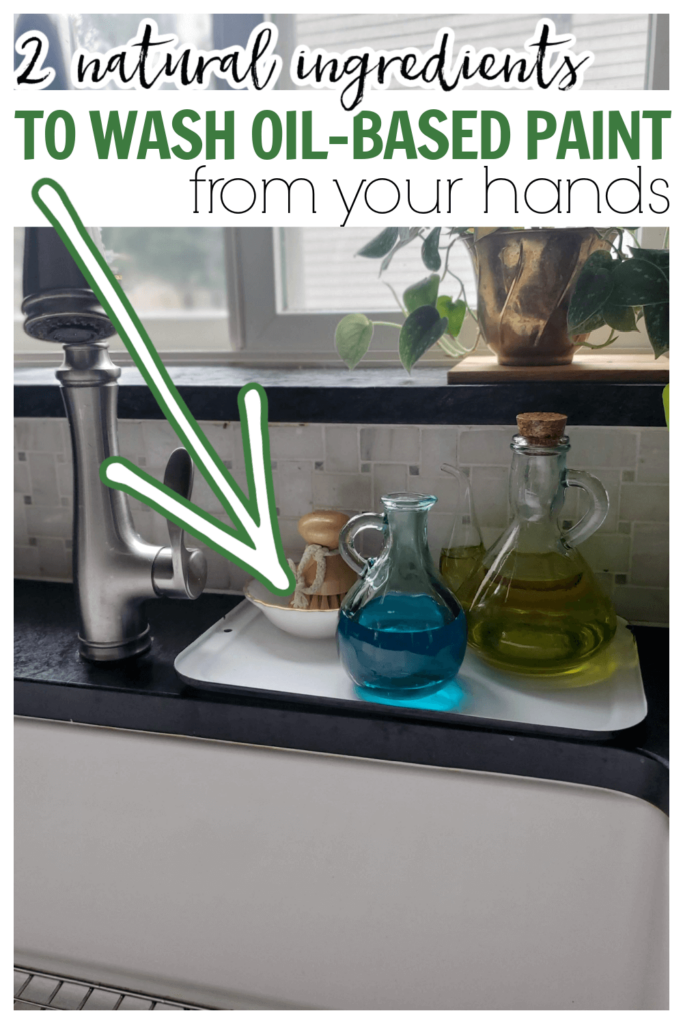
Credit: refreshliving.us
Aftercare For Oil Paint Removal
Aftercare for oil paint removal is crucial for maintaining healthy and nourished skin. While removing oil paint from the skin is important, it is equally important to take care of the skin post-removal. This ensures that the skin remains moisturized, the paintbrushes and materials are clean, and the waste is disposed of properly to avoid any potential harm. Here are some essential steps for aftercare:
Maintain Moisturized Skin
Moisturizing the skin is vital after removing oil paint to prevent any dryness or irritation. Ensure you choose a moisturizer that suits your skin type. Applying a fragrance-free, hypoallergenic moisturizer gently onto the cleaned skin will help restore its natural moisture balance and leave it feeling refreshed. Reapply the moisturizer as needed throughout the day to maintain the skin’s hydration levels.
Clean Paintbrushes And Materials
Once you’re done with removing the oil paint from your skin, it’s essential to clean your paintbrushes and materials properly. Neglecting this step might lead to the paint hardening or accumulating on the brushes. You can clean the brushes by gently rinsing them under warm running water until the water runs clear. Using a mild soap or brush cleaner, carefully cleanse the bristles in a circular motion. Avoid using hot water or strong chemical cleaners as they can damage the brushes. Once clean, let the brushes air dry or use a clean, soft cloth to gently remove excess moisture.
Dispose Of Waste Properly
Proper disposal of waste is not only good for the environment but also helps prevent any potential hazards. After removing oil paint from your skin, ensure that you dispose of all waste properly. Use a sealable container to collect any paint residue, paper towels, or other disposable materials that were used during the process. Label the container clearly to avoid confusion and dispose of it according to your local regulations for hazardous waste. By taking this simple step, you contribute to a cleaner and safer environment.
Frequently Asked Questions On How To Get Oil Paint Off Skin?
Does Oil Paint Come Out Of Skin?
Yes, oil paint can be removed from the skin by using soap, warm water, and gentle scrubbing.
Can Rubbing Alcohol Remove Oil Paint From Skin?
Rubbing alcohol can effectively remove oil paint from skin. It acts as a solvent, breaking down the paint particles. Just apply a small amount to a cotton ball and gently rub the affected area. Rinse with water afterwards.
How Do You Remove Oil Paint From Skin At Home?
To remove oil paint from skin at home, first, blot any excess paint with a cloth. Then, wash the affected area with soap and warm water, gently scrubbing with a soft brush or sponge. If the paint persists, use a mixture of equal parts dish soap and vegetable oil, rubbing it into the stain before rinsing thoroughly.
Does Oil Paint Damage Skin?
Oil paint does not usually damage the skin, but it can cause irritation or allergic reactions in some individuals. It is important to use protective measures like gloves and proper ventilation when working with oil paint to minimize any potential risks to the skin.
How Can You Remove Oil Paint From Your Skin?
To remove oil paint from your skin, you can use dish soap and warm water. Gently scrub the affected area until the paint is completely removed.
What Household Items Can You Use To Get Oil Paint Off Your Skin?
Household items like olive oil, baby oil, or even butter can be used to remove oil paint from your skin. Apply the oil to the affected area and gently scrub until the paint starts to loosen.
Conclusion
To sum up, removing oil paint from skin can be a tricky task, but with the right techniques, it is possible to achieve clean and fresh skin. By using simple household items like soap, oil, or a mixture of baking soda and water, you can effectively remove oil paint without harming your skin.
Remember to always cleanse and moisturize your skin afterward to maintain its health and vitality. So, the next time you find yourself with oil paint on your skin, don’t panic – just follow these steps and enjoy a paint-free and smooth complexion.



